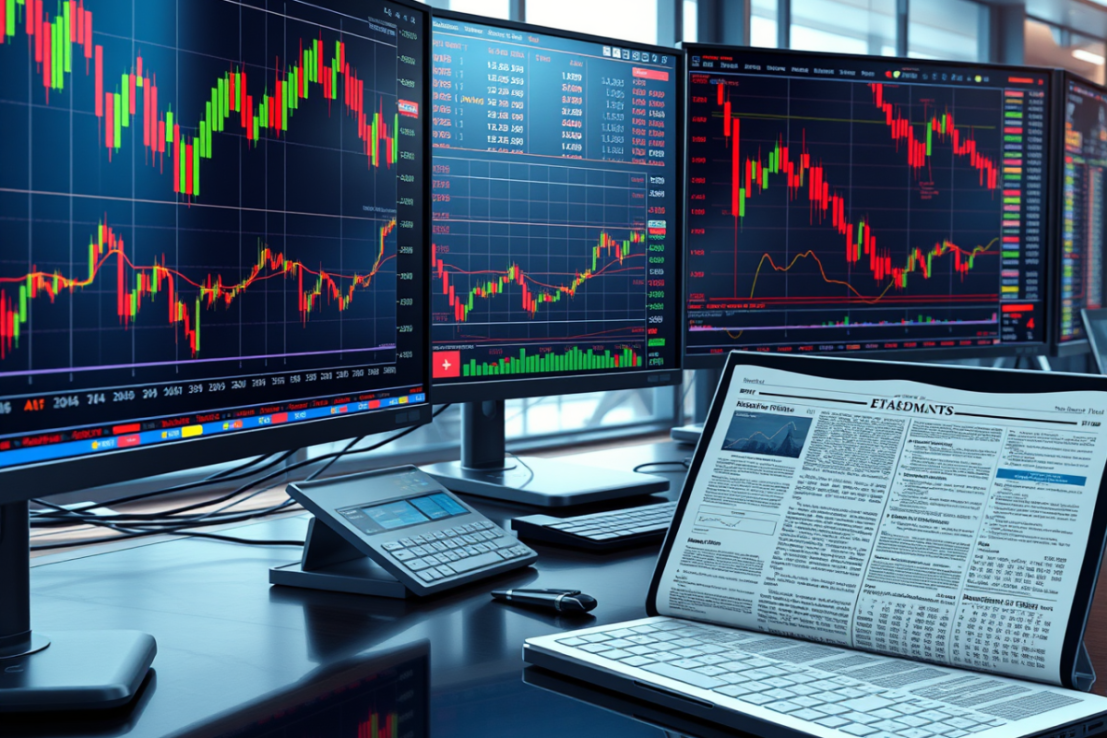
Charles Dow was a financial journalist with a rare gift.
A high school dropout from rural Connecticut, he was able to explain the arcana of investment, stocks and bonds in clear, straightforward terms. In 1882, he and two other journalists, Edward Jones and Charles Bergstresser, founded Dow Jones & Company Inc. in a basement at 15 Wall Street, right by the New York Stock Exchange. Dow and Jones had met as young reporters in Rhode Island before working together at the Kiernan News Agency in New York, while Bergstrasser chose to be a silent partner.
The first product of Dow Jones was a series of brief news bulletins delivered to traders at the Stock Exchange throughout the day. These “flimsies” were initially written by hand, carbon paper allowing the production of multiple copies, and they gave traders an invaluable early form of rolling news about transactions in stocks and bonds. In 1883, the company began aggregating them into a single news sheet, the Customers’ Afternoon Letter, at a cost of $15 a month. Six years later, the Customers’ Afternoon Letter was renamed: it became The Wall Street Journal.
In 1884, Charles Dow had an idea. There was so little reliable and publicly available information about what happened at the Stock Exchange that buying and selling was often made on no more than a hunch or educated guesswork. To provide at least a rudimentary sense of the state of the market as a whole, Dow chose 11 companies which appeared in the Customers’ Afternoon Letter—nine railroads plus the Pacific Mail Steamship Company and telegraph operator Western Union—and calculated an average of their stock prices.
This barometer of the transportation sector, so crucial to America’s Gilded Age, was hugely influential. It allowed potential investors to examine the past performance of companies against the sector as a whole, giving them a way to judge who was up and who was down. If it could guide railroad investors, Dow reasoned, why should it not apply across the rest of the economy?
On Tuesday 26 May 1896, exactly 129 years ago, the first Dow Jones Industrial Average was published. Dow chose 12 companies to represent the breadth of the United States economy: American Cotton Oil, American Sugar Refining, American Tobacco, Chicago Gas, the Distilling & Cattle Feeding Company, General Electric, Laclede Gas, National Lead, the North American Utility Company, Tennessee Coal & Iron, US Leather and US Rubber.
Dow added up and divided the share prices and produced the first Dow Jones index: 40.94 points, representing an average share price of $40.94. Within a decade, as America grew rapidly, it closed above 100 for the first time. It took until 1972 to close above 1,000 and is currently running in the low 40,000s.
Unlike the Nasdaq Composite or the Standard and Poor’s 500, the Dow represents share value rather than market capitalisation. It now includes 30 stocks, though none of Dow’s original choices remain: the last to be included was General Electric, which was dropped in 2018. The companies are frequently shuffled and refreshed, with the longest-standing being Procter & Gamble (1932) while the most recent arrivals are Nvidia and Sherwin-Williams, added last November.
The Dow is not perfect. With only 30 companies, it is a snapshot, an avatar of the health of the American economy and therefore the world’s. But it has become one of the most recognised and simplest brands in business. In An Audience with Billy Connolly in 1985, the Glasgow comedian did not need his audience to understand the stock market to get a laugh.
“Take my word for it,” he declared. “There’s no recession. I am loaded. And the Dow Jones Index? I don’t know who the man is.”
The man was Charles Henry Dow. He had an idea, and today, in 1896, he unleashed it on the world.







